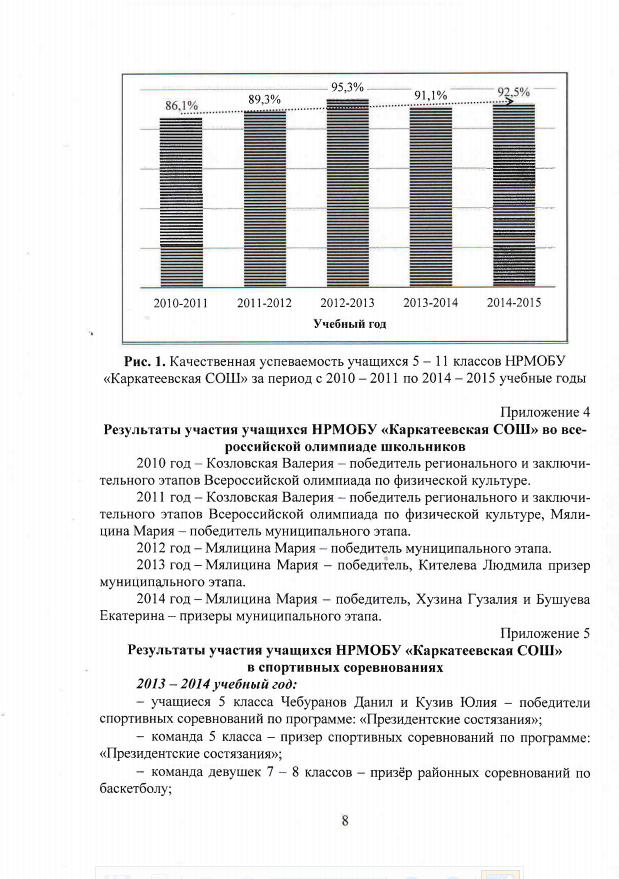Augustine’s-Parkland Anglican Church 131 Church Road, Spruce Grove AB On the fourth Sunday of every month (except July) at 7:00 p.m. Tel: 780 962 5131 Contact: www.staugustinesparkland.org. A Taste of Taize Prayer — prayer with song and silence. All Prayers begin at 7 p.m. Home / Consumer / Consumer Threat Notices / Two-Factor vs. Multi-Factor Authentication: What’s the Difference? Two-Factor vs. Multi-Factor Authentication: What’s the Difference? By Gary Davis on Nov 06, 2015. Passwords today are problematic. They’re easily guessed, bypassed, stolen and, as far as securing things go, often bad at their job.
Oun P) 06 JR Writer – Get It (Feat. Lil Wayne) 08 Camron – Let’s Talk About (Feat. Governor Brown) 07 Juelz Santana – After Disaster (Feat. Juelz santana days of our lives instrumental download.
Passwords today are problematic. They’re easily guessed, bypassed, stolen and, as far as securing things go, often bad at their job. Although it’s hard to beat the humble password when it comes to cheap, fast and convenient verification, it won’t always promise to be a secure solution.
But have no fear. There are more secure, solid, and reliable solutions out there, and it’s time they get some spotlight. You’ve probably heard the terms “two-factor” or “biometric” authentication before (heck, I promote whenever I get the chance). Multi-factor authentication, too, is starting to take off in the workplace. With all of these terms floating around, it’s easy to confuse the different methods of authentication. So, let’s take a minute to break down the different forms of authentication, how they work, and how they can help to secure your information online.
Single-factor authentication. Single factor authentication is the simplest: it’s just you matching one thing to verify yourself online. The most popular example of this would be your password to your username. It’s the basis of the majority of digital verification today, and a method you likely use daily to log into online accounts. Two-factor authentication. Is a bit more complicated.
In addition to your password/username combo, you’re asked to verify who you are with something that you – and only you — own, such as a mobile phone.  Put simply: it uses two factors to confirm it’s you. There’s a good reason for this: today, getting access to something supposedly confidential isn’t that hard.
Put simply: it uses two factors to confirm it’s you. There’s a good reason for this: today, getting access to something supposedly confidential isn’t that hard.
Many companies and consumer profiles are compromised because of simple, easy to guess passwords. By requiring a second form of identification,” to log in, hackers are limited in what they can pull off. Today’s most popular two-factor systems usually work by sending a unique code to the phone paired with your account. But there’s a problem with this approach: it’s not true two-factor authentication. It’s actually just the sharing of randomly generated knowledge between a company and a user, a process that assumes the user owns the device paired with the two-factor system.

This system can be broken by intercepting that bit of shared knowledge — the unique code — between the two parties. Some hackers have managed to before they’ve reached their intended recipient. Others have created duplicate, malicious copies of popular websites in an attempt to intercept credentials.
